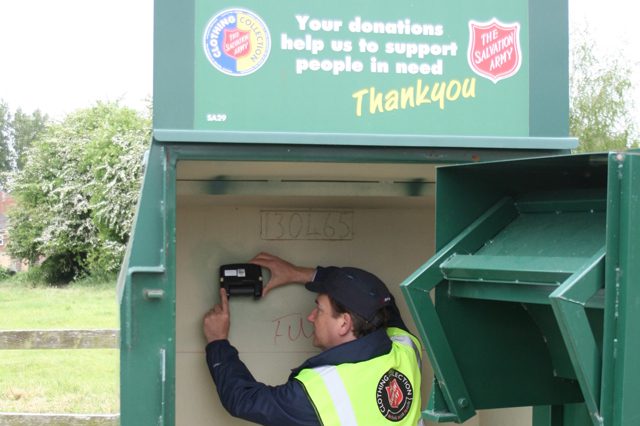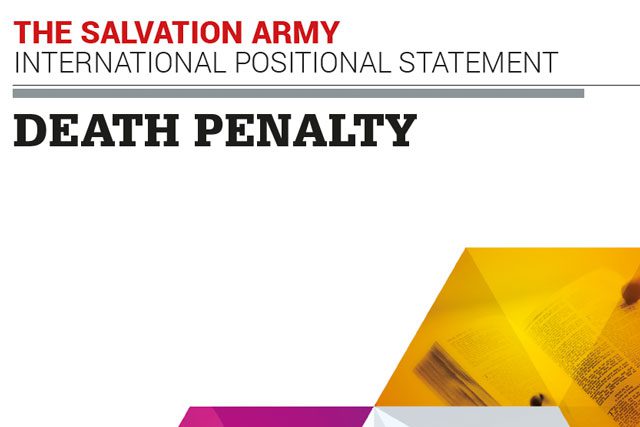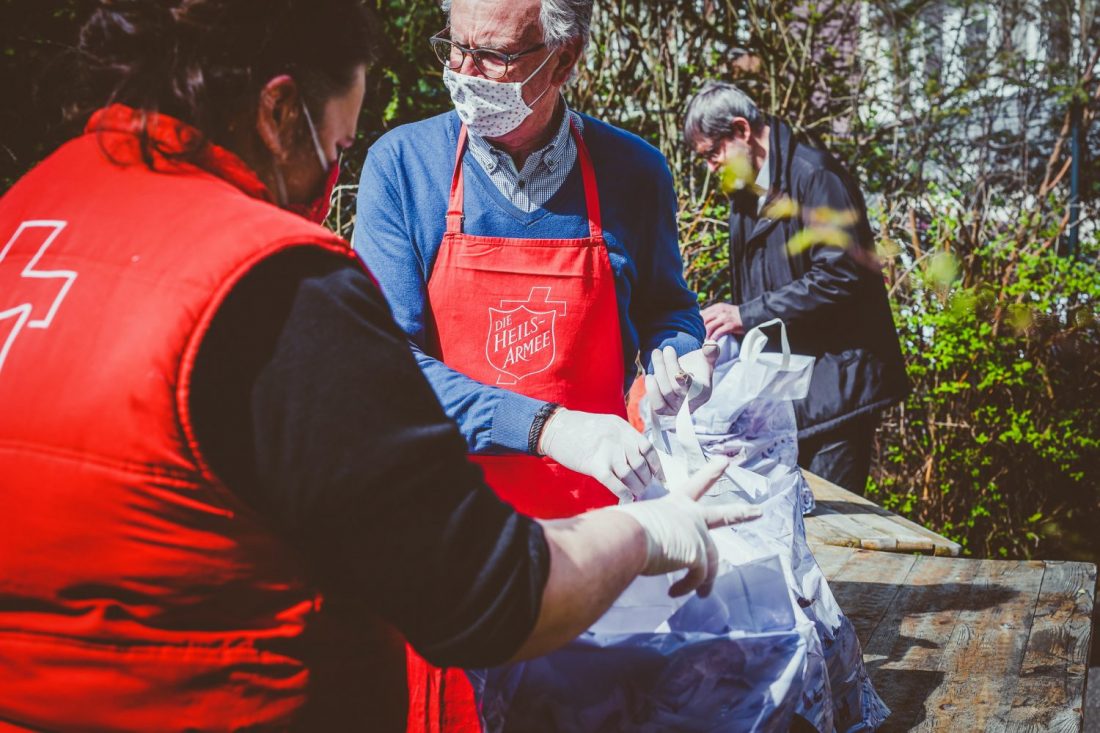Capturing a stream of data streamlines the collections process.

The Salvation Army in the U.K. is piloting new technology to help drive down costs and increase efficiency in how it manages hundreds of collection bins around the country.
Over the summer, the East Midlands Division installed sensors in 104 bins scattered around the region. The devices, obtained from tech company FarSite at a reduced rate, notify officials when one of the collection points has reached its maximum load.
That’s potentially a huge leap in efficiency. In the past, devising collection schedules was based on manual estimations, with division officials printing out hard copies a week or two in advance based on past history, said Brett Simpson, Head of Development for The Salvation Army Trading Company Ltd., who devised the trial.
“My concern is that ‘ad hoc’ donations or large, random donations cannot be accounted for so when the collector comes to service the bank they can get a surprise,” Simpson said.
When that happens, a driver can suddenly find their van filled sooner than anticipated and thus unable to service banks farther down the road. “A more ‘dynamic’ system would allow us to see much sooner if a bank was full and therefore respond more quickly, having it emptied and allow it to continue to receive donations without any shocks for the collector or issues with the volume of collections,” he said.
The rich stream of data provided by the sensors goes beyond that, however, allowing Simpson to factor in a number of ways to streamline the collections process. Not only could money be saved on avoiding costly wasted trips, but The Salvation Army could also receive alerts about when to schedule extra pickups in order to prevent loss due to exposure to bad weather. Another benefit is avoiding unsightly messes that occur when overfull bins begin to spill over, which Simpson said will be much appreciated by partners who host the bins.
Gleaning data on fill patterns also opens up new opportunities for more strategic uses of resources, allowing officials to place the “right bin at the right place at the right time.” For instance, could some locations benefit from having larger bins made available? Are some locations—supermarkets versus, say, community centers—inherently better than others? Should some low-yield bins be done away with entirely?
“We can see that the volumes are different, but do they vary when it comes to how they fill?” Simpson said.
The trial period is scheduled to conclude at the end of October, after which Simpson will review the data and determine whether to expand the program to other divisions in the U.K., which now has 6,000 collection bins.












